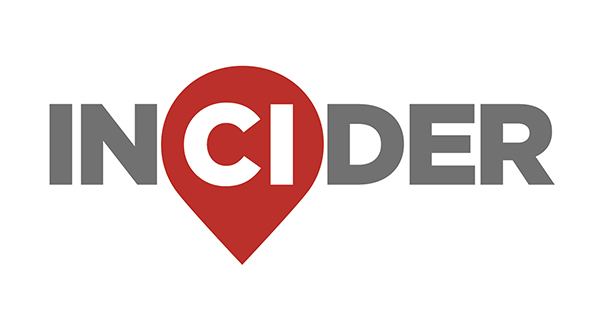In January, Georgetown ISD piloted the Literacy First early reading intervention program at Cooper and Frost elementaries. After seeing improvements in elementary students' reading performance, GISD has expanded the program to Williams, Purl and Mitchell elementaries this school year, GISD officials said.
In the 2024-25 school year, 64% of kindergarten through fifth grade students were reading on or above grade level, surpassing GISD's initial goal of 58%, Superintendent Devin Padavil said at a July 7 workshop.
“We have to, by third grade, help every student read and write on grade level, because if kids feel confident as readers and writers, their chances of success in middle school and high school go up exponentially,” Padvail said in an interview with Community Impact.
How it works
Literacy First is an initiative through the Charles A. Dana Center at The University of Texas at Austin. The educational center creates curriculum and professional learning to remove barriers and improve access to education, according to the center’s website.
The Literacy First program partners with school districts by training paraprofessionals to serve as reading tutors and providing professional development for teachers, Literacy First Director Claire Hagen Alvarado said. Reading tutors offer students support and daily interventions in phonics, decoding and reading fluency.
The program focuses on serving students in kindergarten through second grade at primarily low-income, Title I schools, Hagen Alvarado said.
“We want to make sure that children are on track in those most critical years so that they can then continue engaging with content and being able to participate fully and having the confidence of a strong reader as they go through their education and their career trajectories,” Hagen Alvarado said.
The background
Literacy First has seen an increased need for its services following the onset of the COVID-19 pandemic in 2020, Hagen Alvarado said. Despite seeing some gains in literacy rates in recent school years, many children are entering the program with younger reading skills below their grade level, she said.
“School districts are needing a lot of support,” Hagen Alvarado said. “Our rates of children who are qualifying for intervention were about 20% higher than what we've seen before.”
The organization has partnered with Central Texas campuses in Austin, Elgin and Del Valle ISDs as well as local charter schools, she said. Literacy First also supports schools in Tennessee and California, and plans to expand to the Fort Worth area next school year.
More than 2,200 students participated in the program in the 2024-25 school year, 84% of which exceeded the expected growth rate for their grade level, according to Literacy First data. Last school year, Literacy First screened nearly 11,400 kindergarten through second grade students for reading difficulties, with 60% of students qualifying for intervention.
The impact
Fifty-three percent of students screened at Frost and Cooper elementaries have qualified for Literacy First intervention, according to the organization.
Thirty students have participated in the Literacy First program in GISD, 20 of which were are at Cooper Elementary and 10 students of which attended Frost Elementary, former Chief Academic Officer Sonja Howard said at an April 22 board meeting. As of late April, nine students had graduated from the program by reading at grade level, enabling more students to receive literacy intervention services, Howard said.
Going forward
GISD has set a goal to raise the percentage of kindergarten through fifth grade students reading on or above grade level to:
- 68% by 2026
- 72% by 2027
- 75% by 2028





